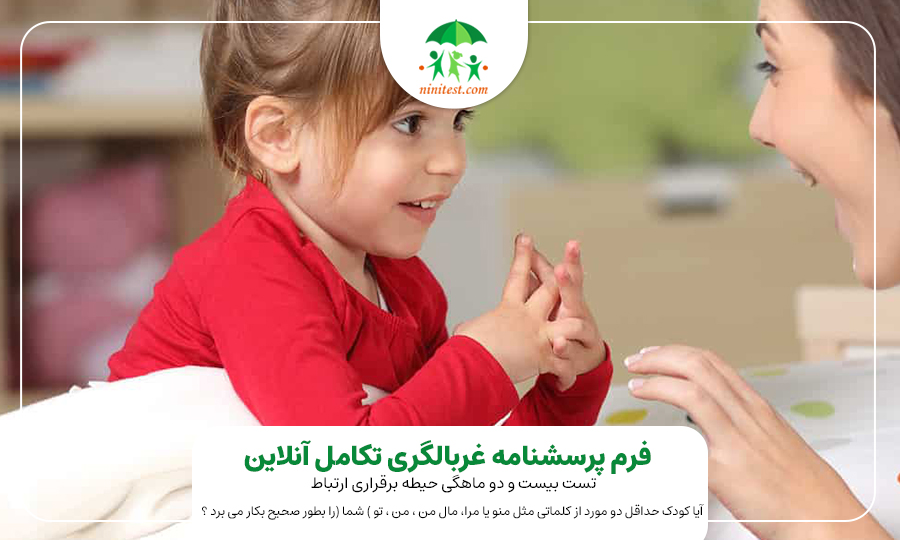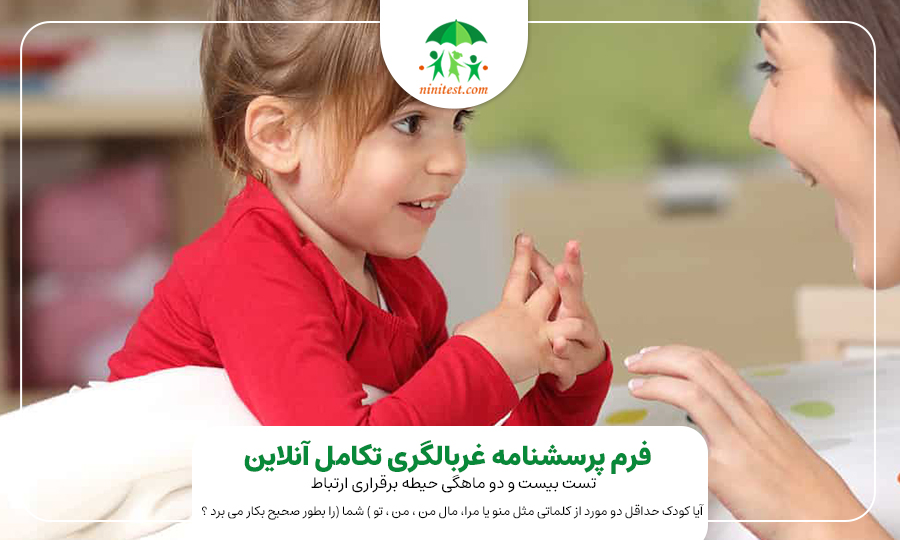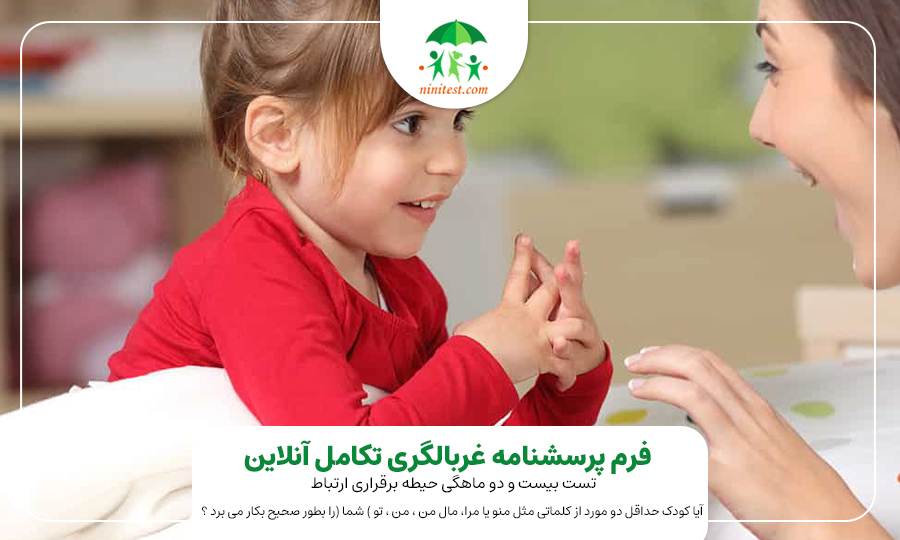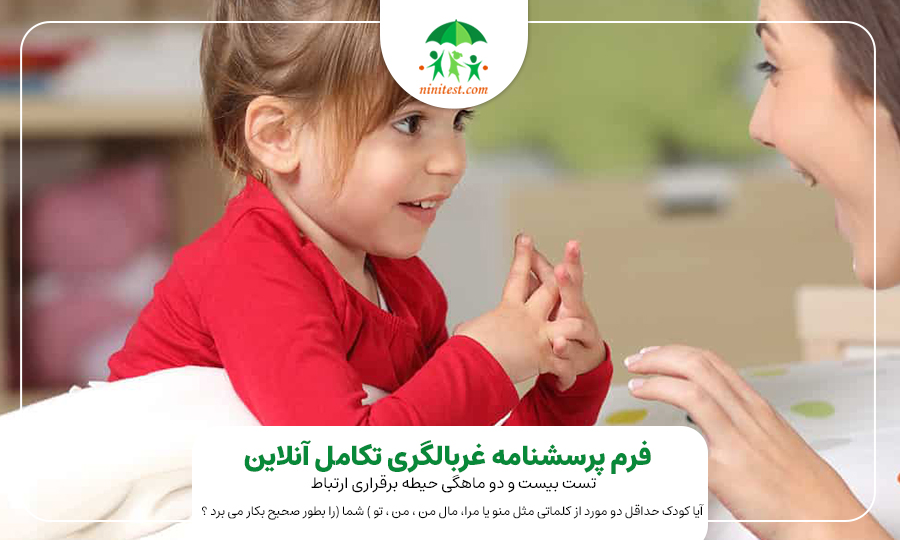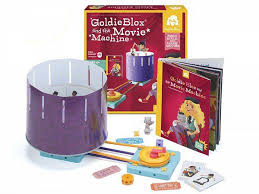
- these items based on the quality of the products, and list the pros and cons of each to help you determine which will work best for you. We partner with some of the companies that sell these products, which means Healthline may receive a portion of the revenues when you buy something using the links below.
Pablo Neruda once wrote, “A child who does not play is not a child.”
More and more, parents are conscious of the downsides of a generation that’s allowed too little time to play. And pediatricians are now actively recommending play as an essential component of healthy brain development.
But kickball isn’t the only activity that counts as play. Here’s a breakdown of Parten’s 6 types of play, a classic tool developed by American sociologist Mildred Parten Newhall. It’s applicable for children ages 2 to 5.
For parents, having a general idea of how kids’ play evolves can help alleviate stress, as well as guide you toward age-appropriate toys and activities.
ADVERTISEMENT
Personally, I’m an advocate of the “lazy” approach to playtime, meaning you let your child lead the way and just tag along for the ride. But having a general idea for activities can stop you from losing your mind after several weeks of peekaboo.
1. Unoccupied play
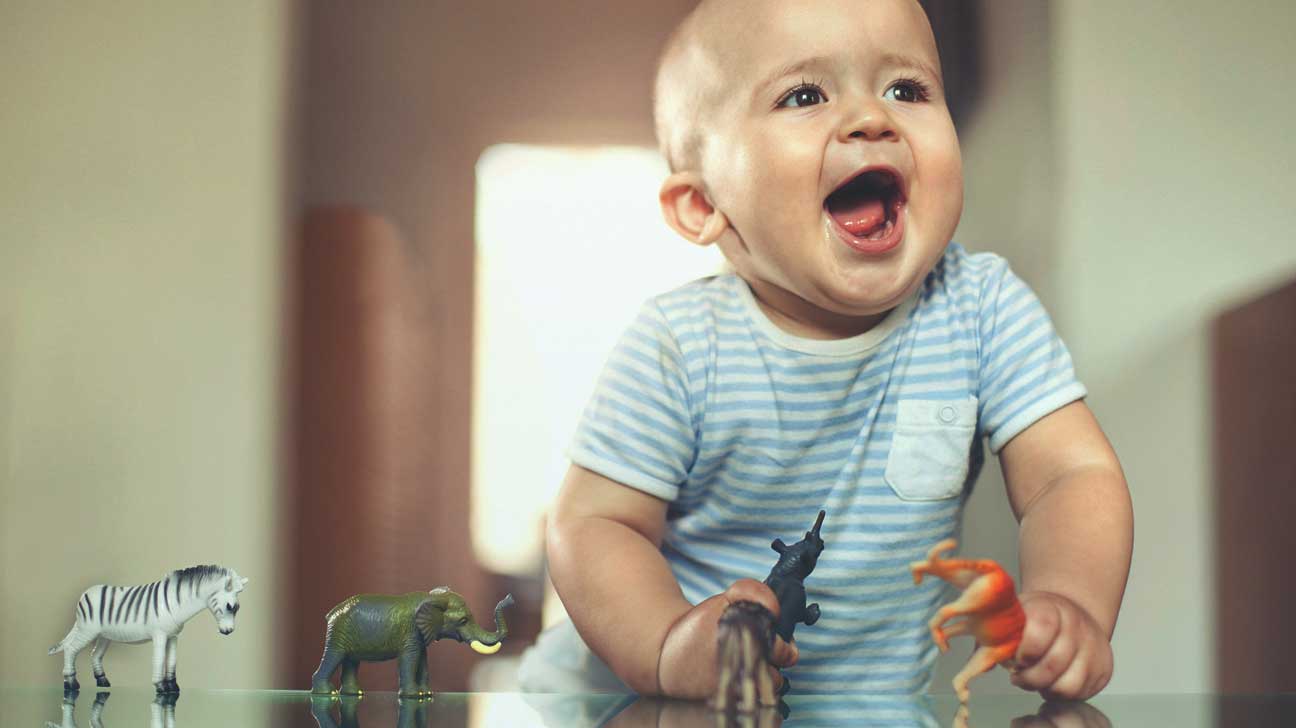
Parten defined this as a child not engaged in play. But you could think of this as the “infancy” of play. Here, your baby or toddler creatively moves their body with no purpose other than it feels good and interesting.
It’s the most basic type of play: Your child is completely free to think, move, and imagine. The entire world is new, so when you’re thinking about playtime, don’t worry about organizing anything. I used to put my baby on a fluffy monkey pillow in his room and let him kick around, handing him a book or a rattle, and letting him do his thing.
Even the smallest object is full of wonder if you’ve never seen anything like it before. Choose something with lots of textures and color, and avoid bright lights or surprising noises, as they may startle your little one.
Recommended toys/activities:
- child-friendly household objects
- Infantino Textured Multi-Ball Set
- Manhattan Toy Whoozit
2. Independent or solitary play
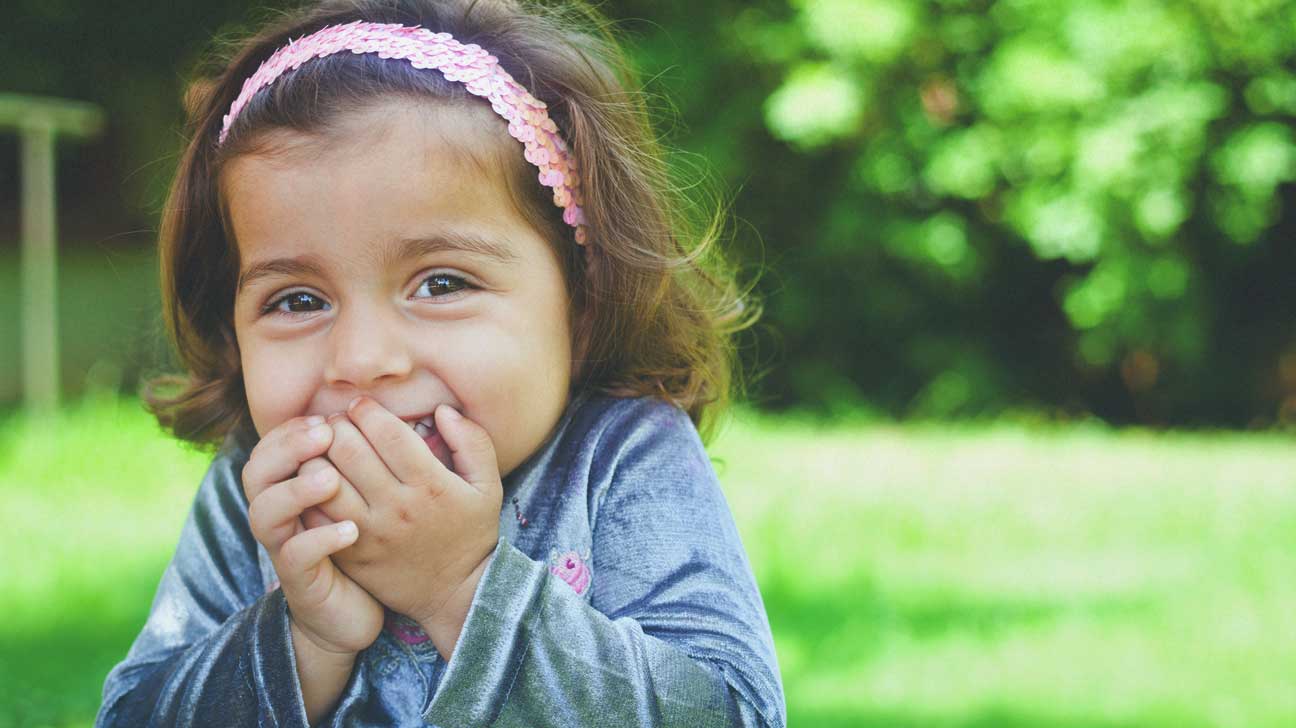
This is when your child plays alone, with little to no reference to what other kids or adults are doing.
This stage always amuses me, because if you gave birth to a little extrovert, like me, you may feel like this stage never quite arrived. This stage was always described to me as “playing quietly in the corner,” and that was never to my little boy’s liking. But it can actually be as active or as quiet as your child’s temperament dictates. Around his 1st birthday, my son did begin to play independently, once he was able to run around outside. Nature: your first and best playmate.
That said, it’s an incredibly important stage. As many adults know, you can’t bond properly to new people if you aren’t comfortable by yourself. Starting to encourage this behavior young will definitely make your life easier, and the ability to be content with their own discovery will serve them well throughout life.
If they get this type of play through finding sticks on a walk, or reading a book quietly, that’s totally up to them.
Recommended toys/activities:
- toddler-safe books, especially interactive ones like “Dear Zoo” or “From Head to Toe”
- a cardboard box, the granddaddy of open-ended, limitless toys
- play kitchens, train sets, and other imaginative toys
3. Onlooker play
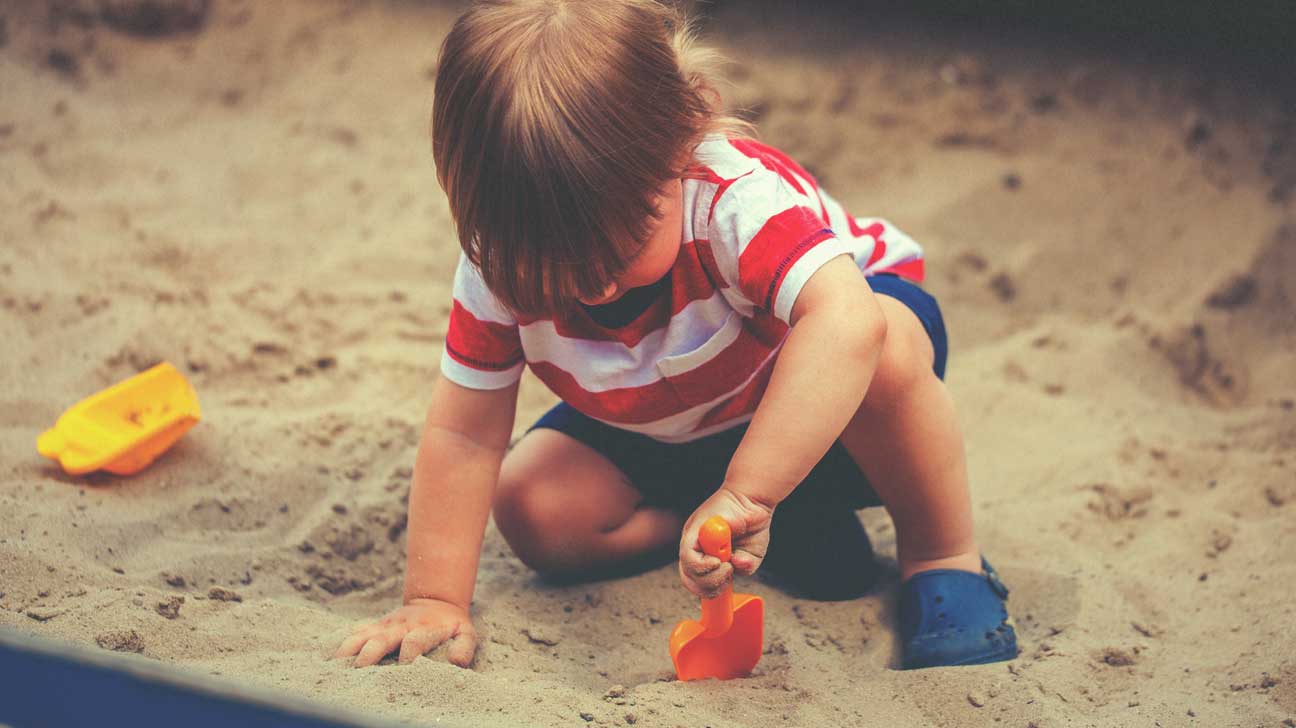
This is when your child observes the play of other children, while not actually playing themselves.
So much of this play stage is inactive, but it’s still significant. The ability to play with other kids is crucial to getting along in school and beyond. This is your baby’s first stop in learning how.
ADVERTISEMENT
Of course, it’s not limited to other kids. When adults play, baby also notices. The other weekend, my husband took out his long-neglected guitar and began messing around with a few songs. My little boy was mesmerized, running to dada, and pressing on the chords in imitation.
Even if you stay at home like me, there are plentiful opportunities for demonstrating to baby how you, too, like to play.
Recommended toys/activities:
- Show baby what you like to do, whether it’s gardening, playing an instrument, or puzzles.
- Take baby to the local park and let them watch kids play in the sandbox even if they do not want to leave you to join in. It’s the perfect enclosed area for a younger child to observe others and see how they play.
- If your child has siblings, encourage them to watch the older one’s movements. While children under age 3 generally don’t understand the concept of sharing, they can still start learning how to be a playmate to your older kid later on.
4. Parallel play
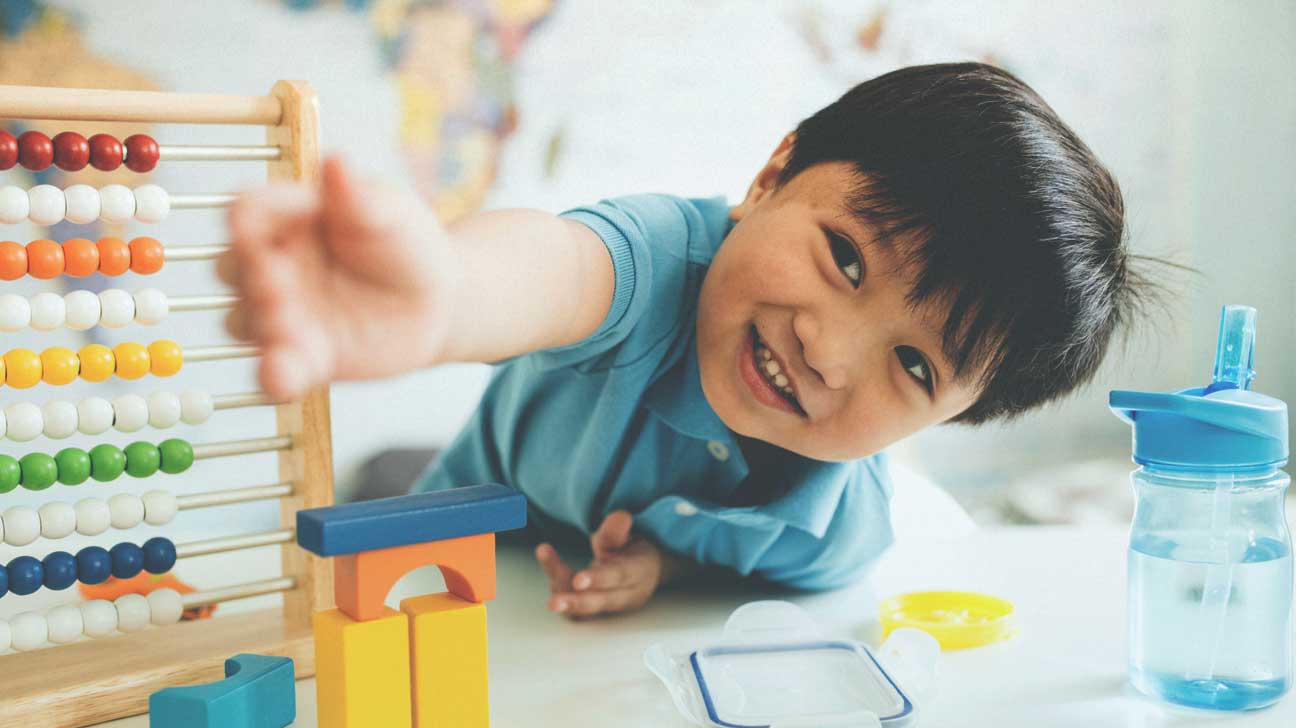
Though they may use the same toys, your child plays beside, rather than with, other children.
Remember, learning to play is learning how to relate to others. In that sense, parallel play is that final stage before your child connects with another.
Toys that can be shared easily are ideal, as this period is often fraught with toddler breakdowns over “MINE, not THEIRS.” Bear in mind that ideal toys are both shatterproof and easily cleaned.
ADVERTISEMENT
But take heart in the fact that this means your child is one step closer to understanding how to connect with people outside of their family.
Recommended toys/activities:
- stacking and sorting blocks
- sticker books
- tunnels or low climbers with soft materials (you can always make a fort of your own and skip the purchase)
5. Associative play
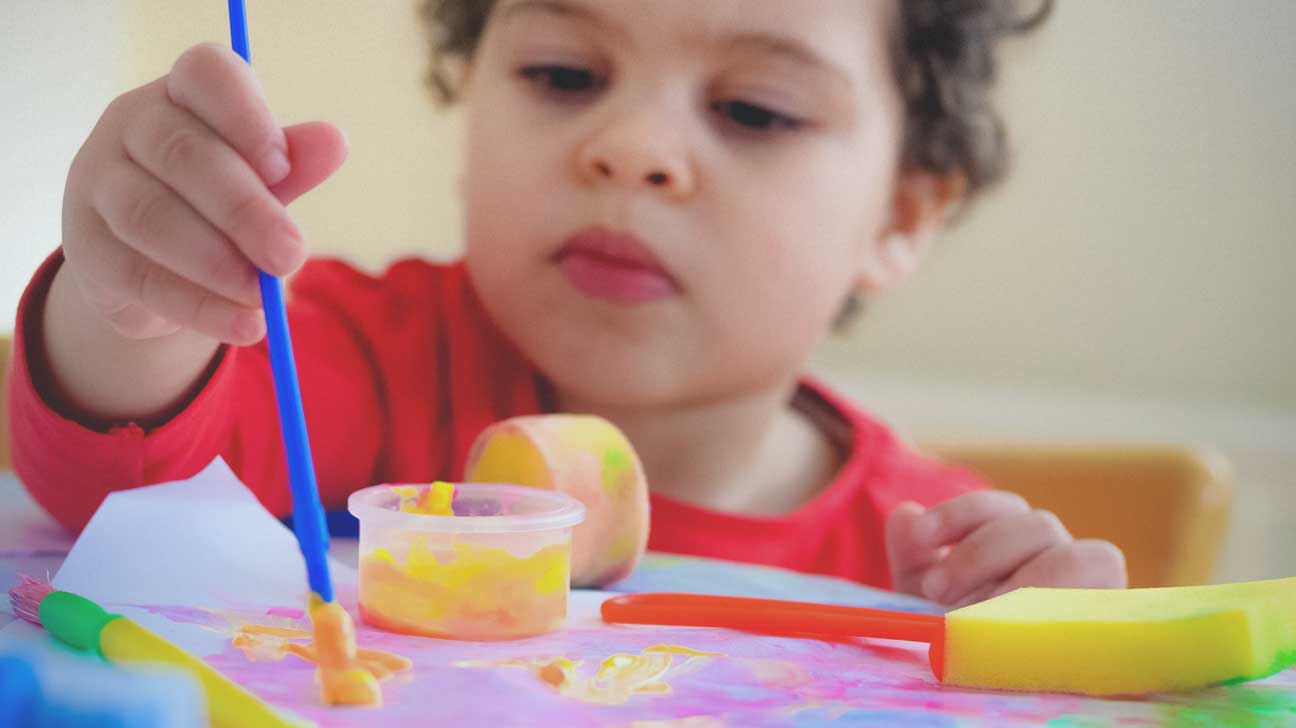
Here, your child plays with other children, but the kids do not organize their play toward a common goal.
Around age 3, your preschooler will experience a longer attention span, and will really enjoy the social aspect of other children as never before. While purposeful play is still a rarity, taking turns is a totally achievable goal (at least according to researchers, though many parents say otherwise).
Now is a great time to introduce more art supplies to your child’s playroom, particularly the mess-proof kind. Around age 3, kids generally become more capable of handling small toys, and can be better trusted with Legos and erector sets. A lot of these projects have preordained outcomes, which is perfect for the associative play period.
Recommended toys:
- Goldieblox or other engineering-geared toys
- People Pebbles and other low-mess art supplies
- Lego Duplo Create-A-School-Bus set
6. Cooperative play
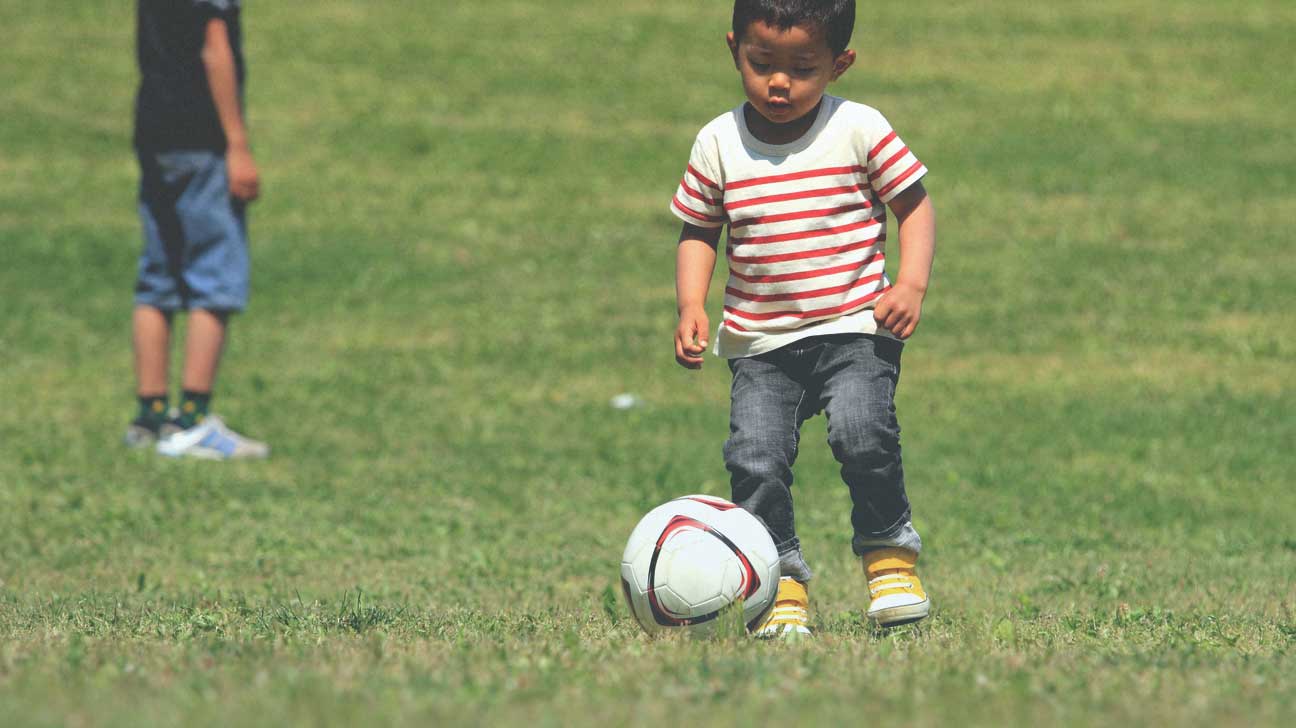
Here you can see the beginning of teamwork. Your kid plays with others for a common purpose.
In terms of play goals, this is the final developmental stage, because it’s the same basic principle whether you’re doing a school project, putting on a play, or playing a sport. A child you can engage in cooperative play can handle a classroom. Interacting, socializing, and communicating sets the stage for social success throughout life.
It’s an incredibly liberating and exciting step for every family.
